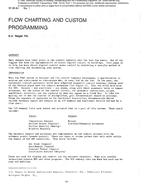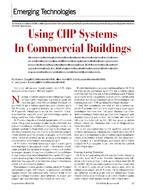Particulate matter (PM) is one of the most critical pollutants affecting indoor air quality (IAQ). Hence, reducing the exposure of occupants to indoor PM pollution is critical. Ventilation systems for commercial and residential buildings are instrumental for achieving this goal.
Current developments in digital micro-electronics make available an increasing variety of low-cost PM sensors. These devices work on the principle of light scattering, and they open new possibilities for measuring and assessing indoor particle concentration. The least expensive ones are bare units integrated into consumer-grade products to measure PM concentration in still air.
Their cost makes them appealing also for evaluating the PM concentration inexpensively along ventilation ducts. Combining them with cheap dedicated electronic equipment makes it possible to transmit measured data and develop Internet of Things applications. The availability of real-time particle concentration could allow automated control actions in smart buildings to minimize indoor PM pollution. Moreover, the data obtained from these sensors are also helpful for assessing the performance of ventilation systems components during their operation.
To assess the potential use of low-cost PM sensors in ventilation ducts, we tested two samples of three different types of those sensors in a test duct studying their response in different controlled conditions. We evaluated the impact of particle concentration, different PM sources (synthetic aerosol and atmospheric one), and airflow rates.
We present and discuss the experimental data obtained from this study and the correlation with PM mass concentration measured data provided by other two laboratory instruments used as a reference.
Product Details
- Published:
- 2022
- Number of Pages:
- 10
- Units of Measure:
- Dual
- File Size:
- 1 file , 2 MB
- Product Code(s):
- D-IAQ2020-C2-C10
- Note:
- This product is unavailable in Russia, Belarus


